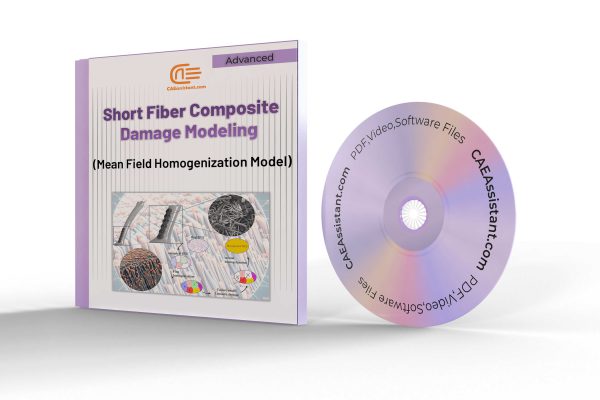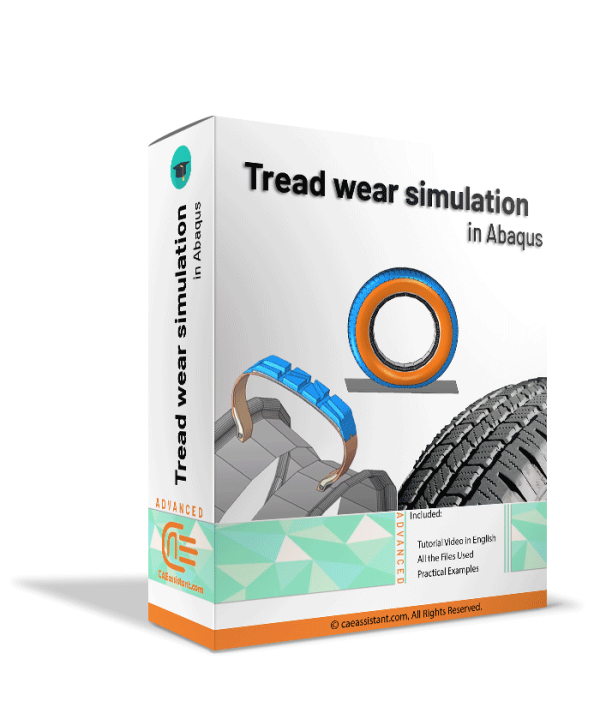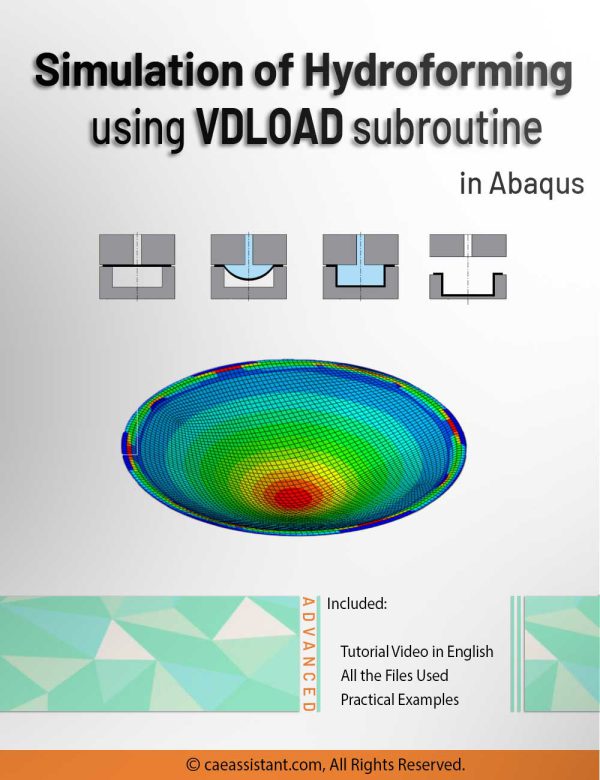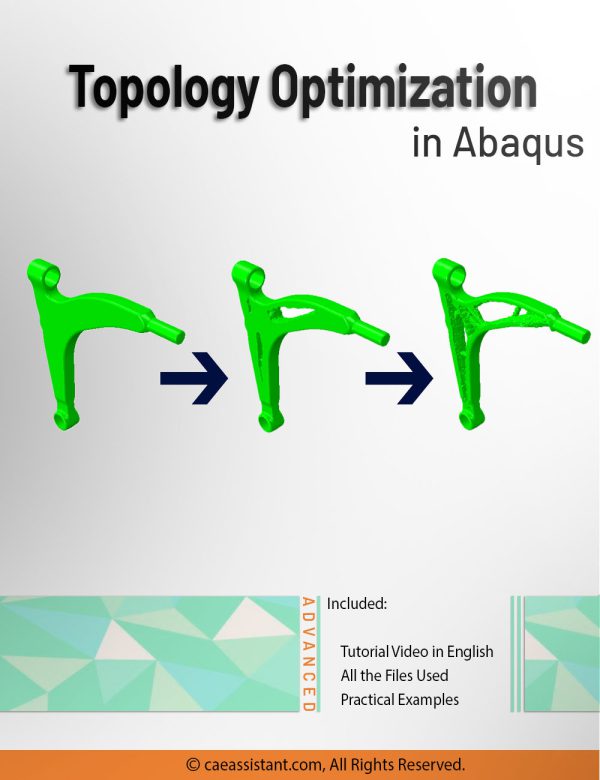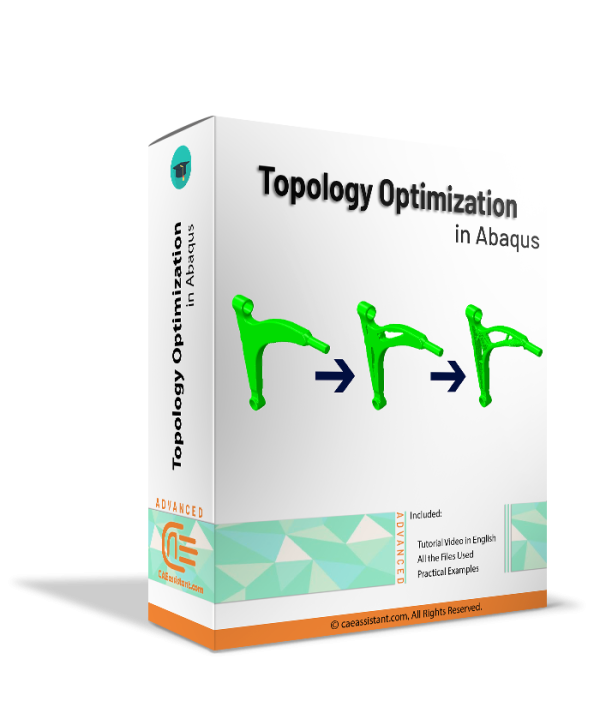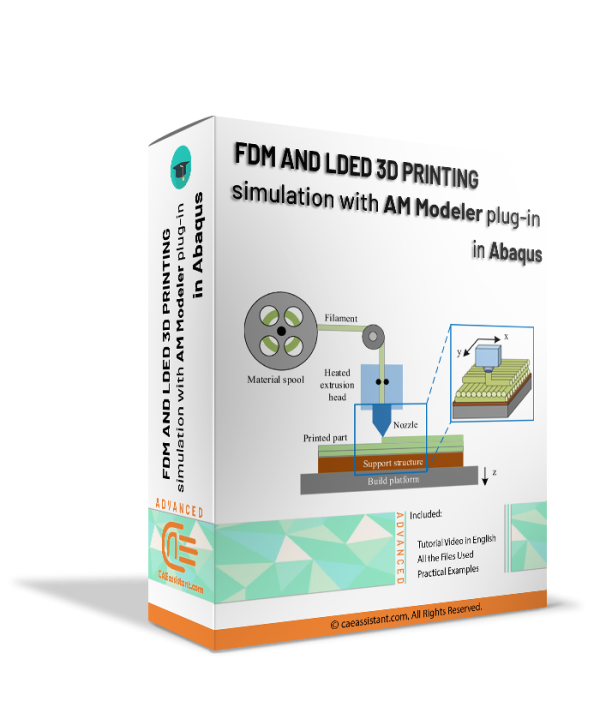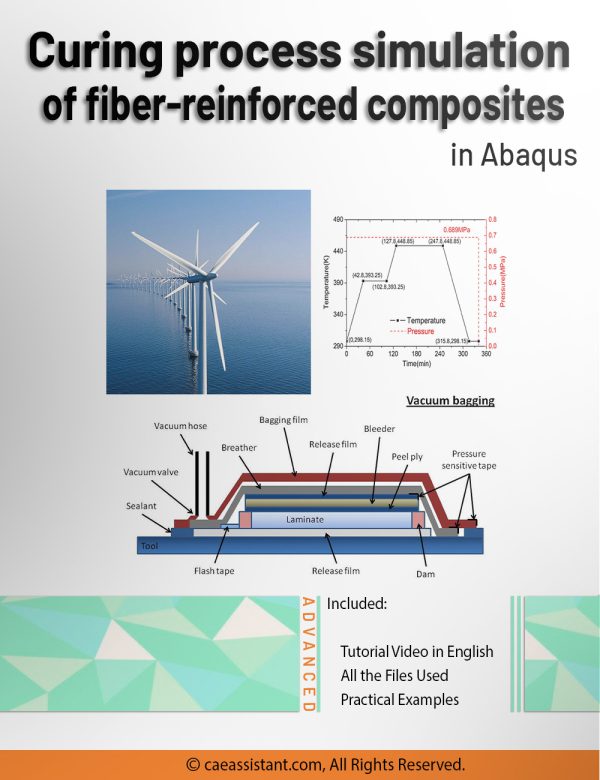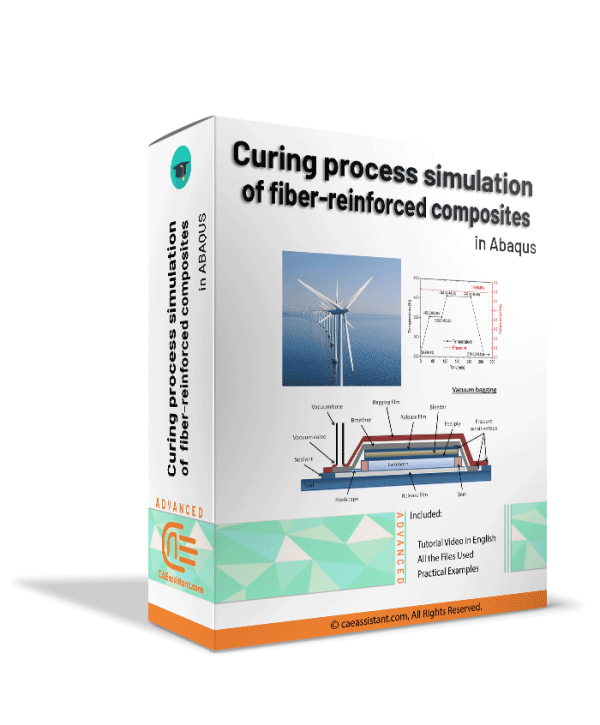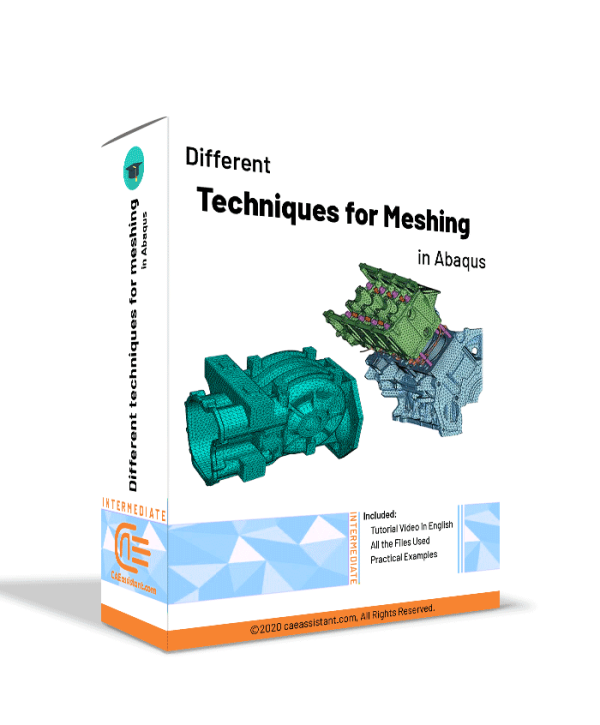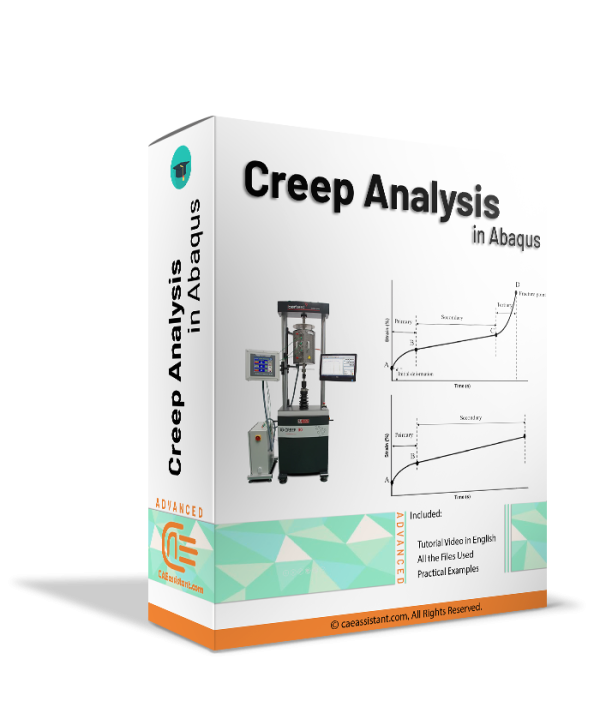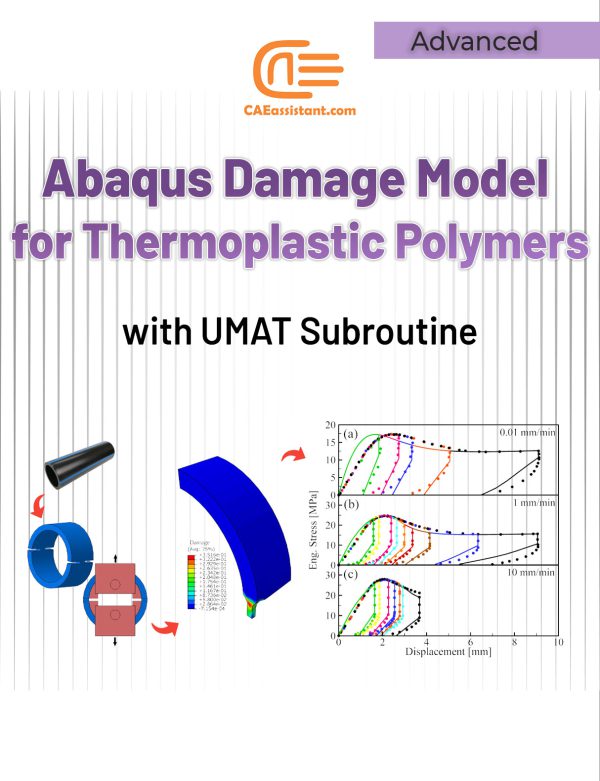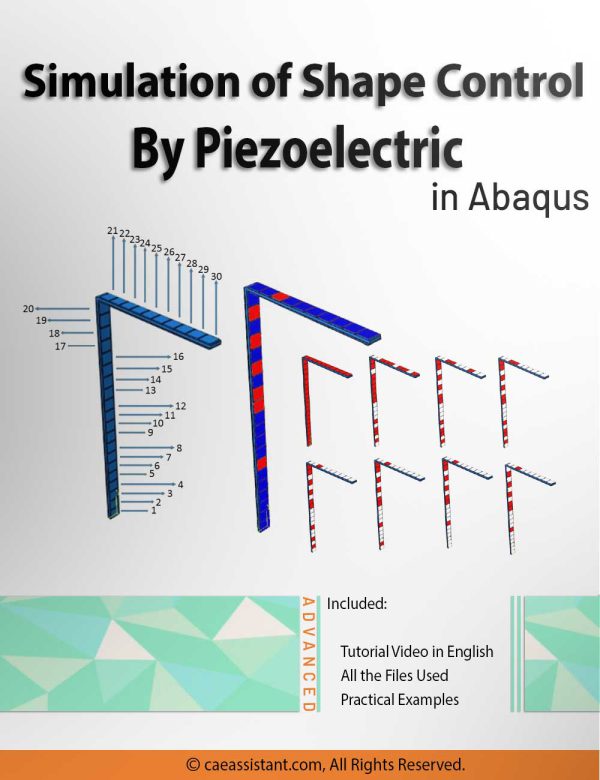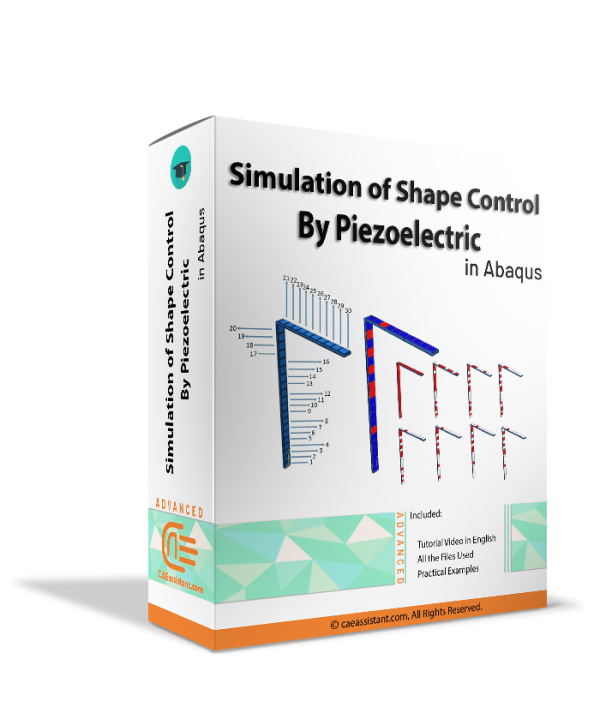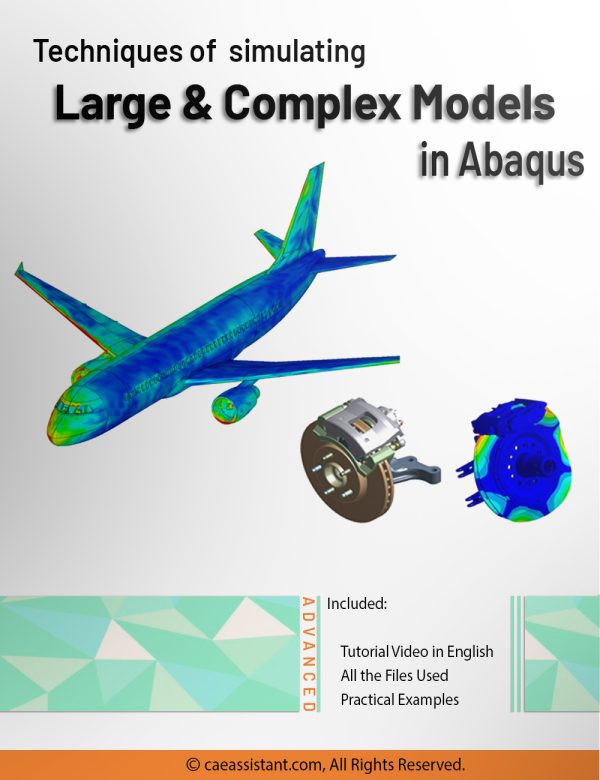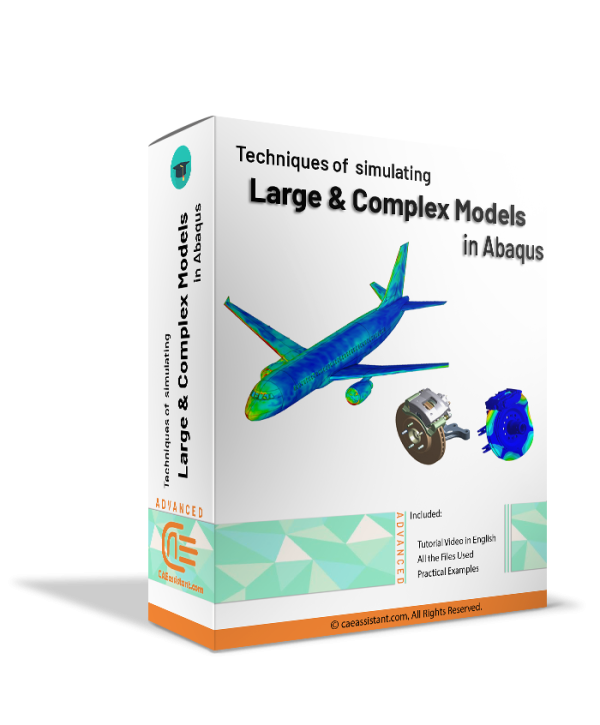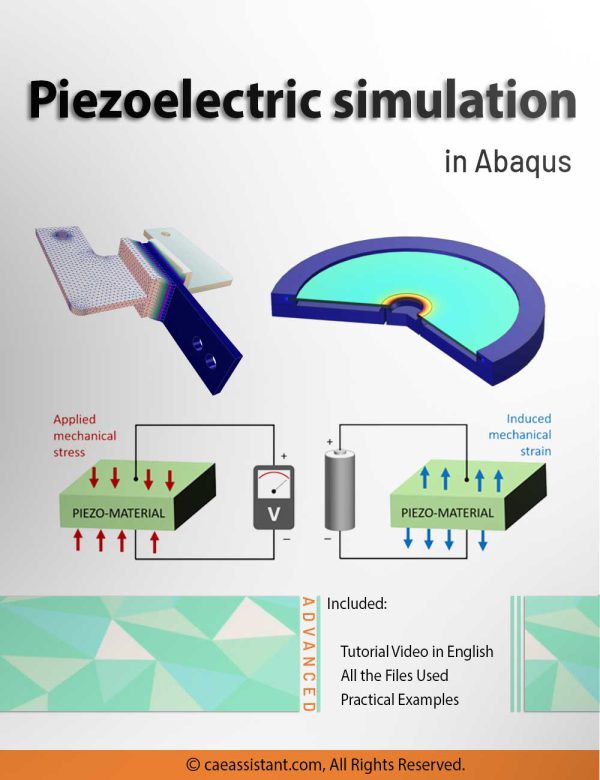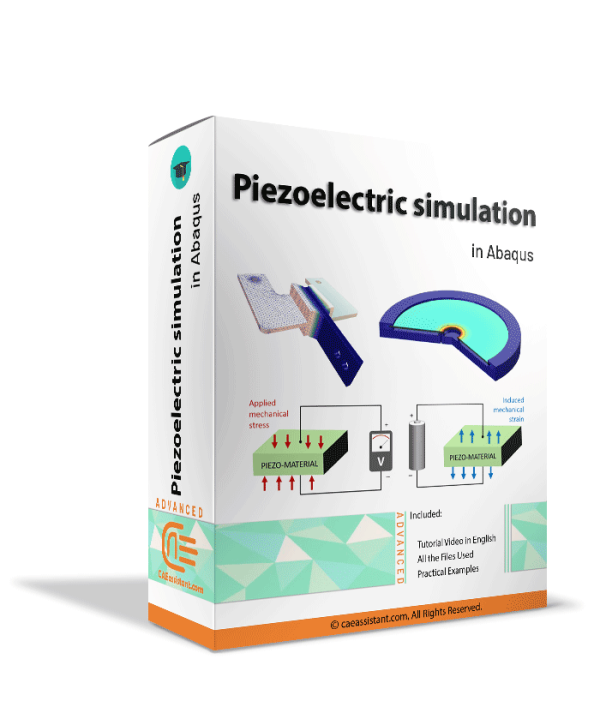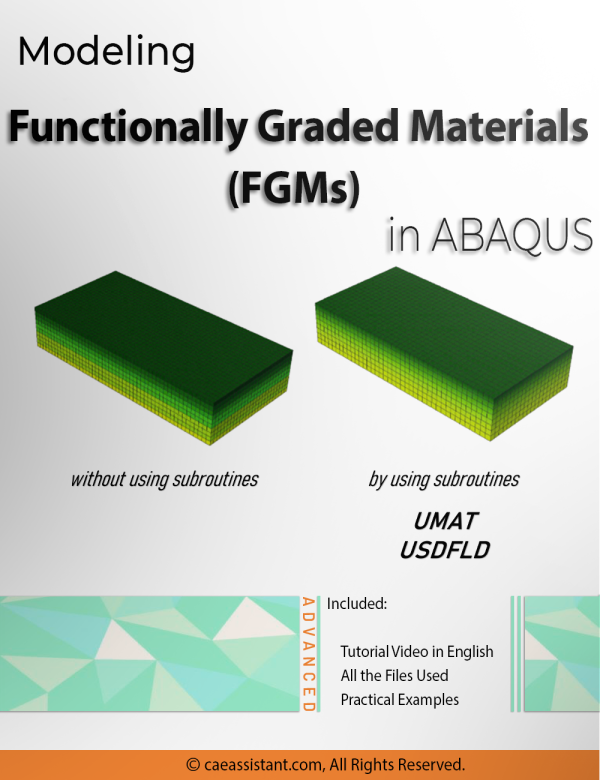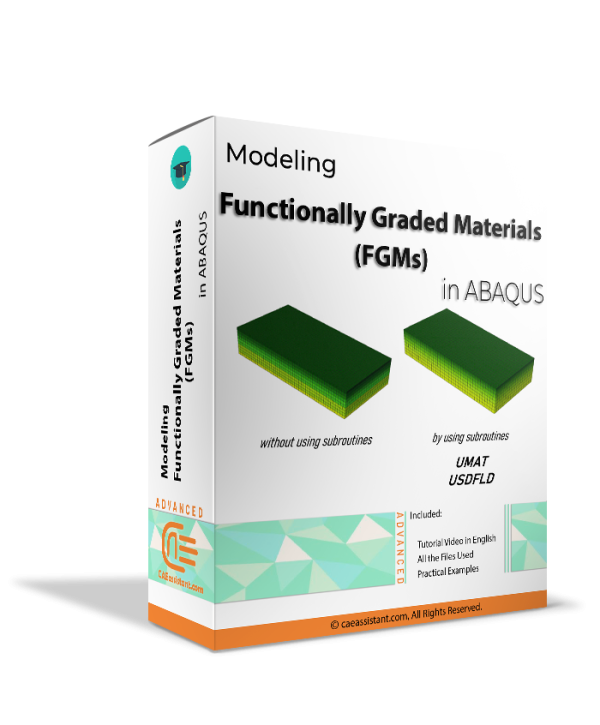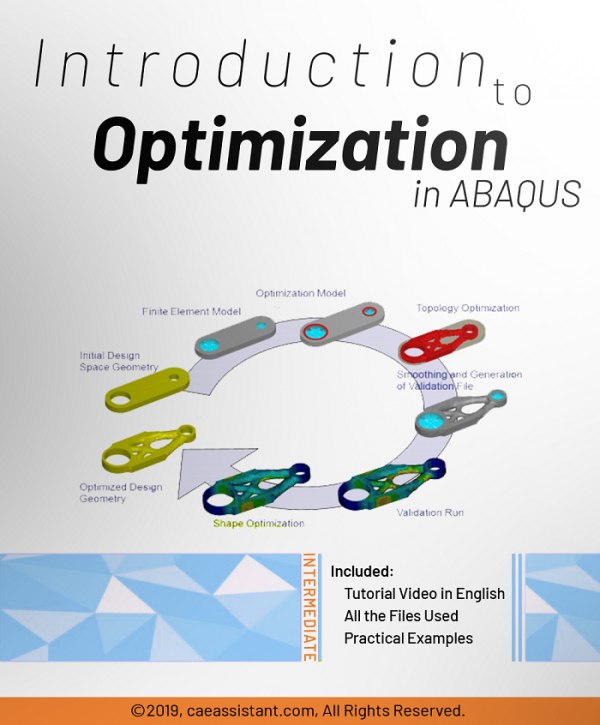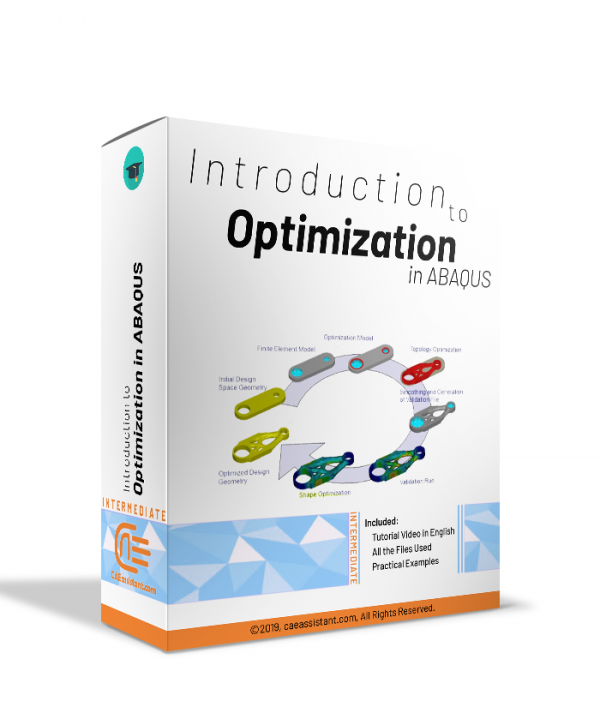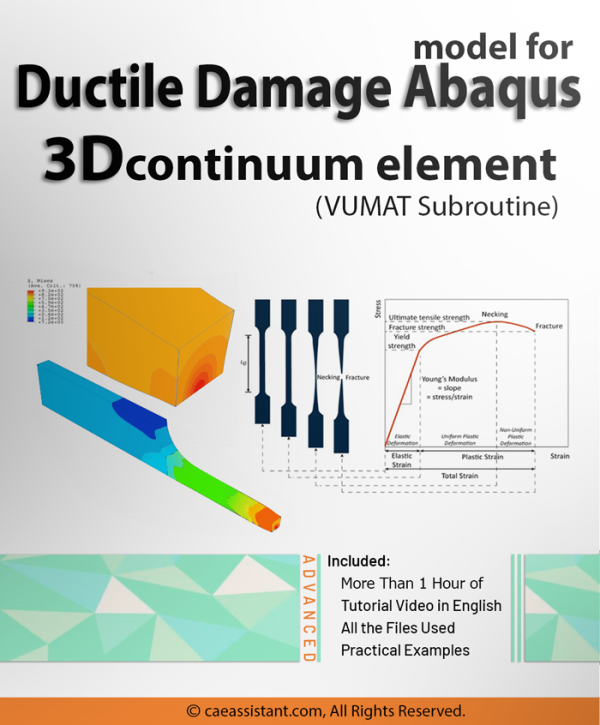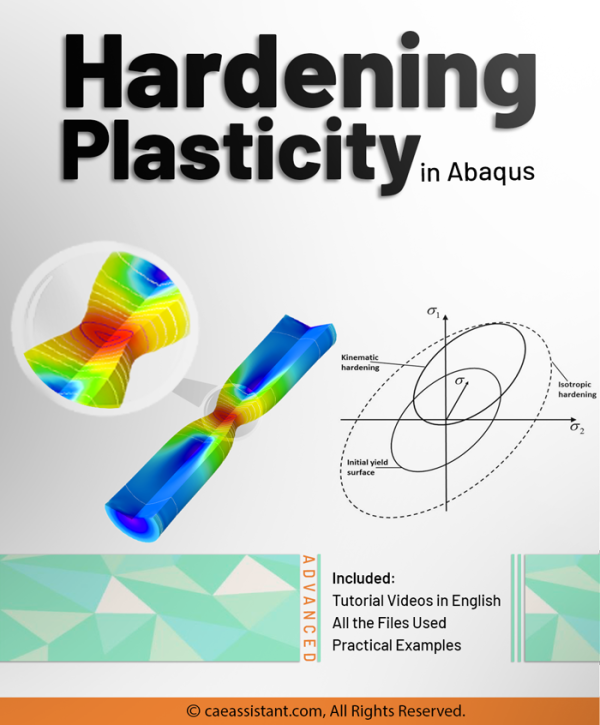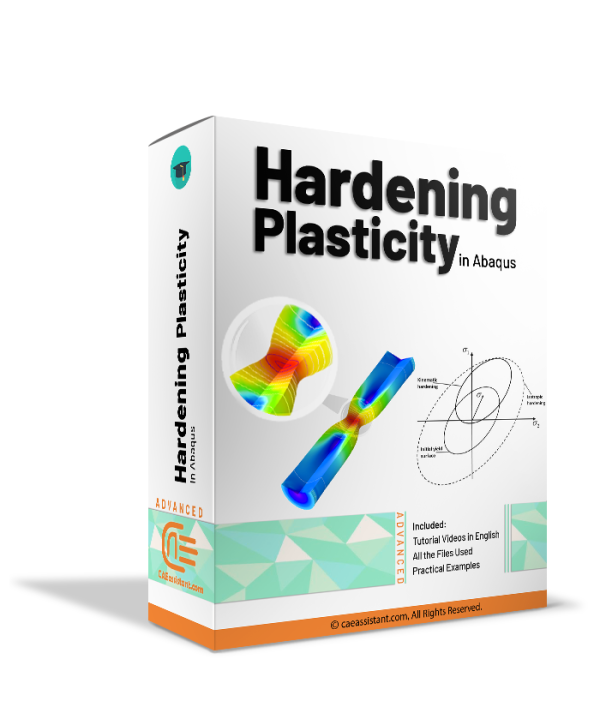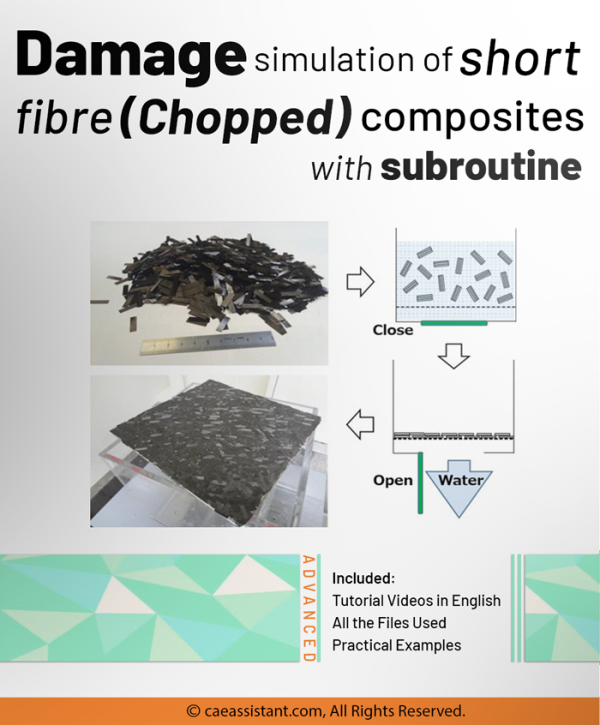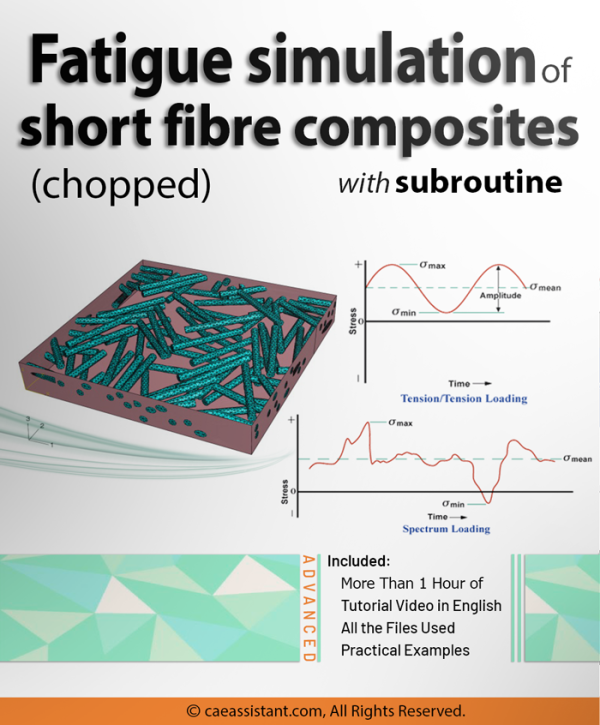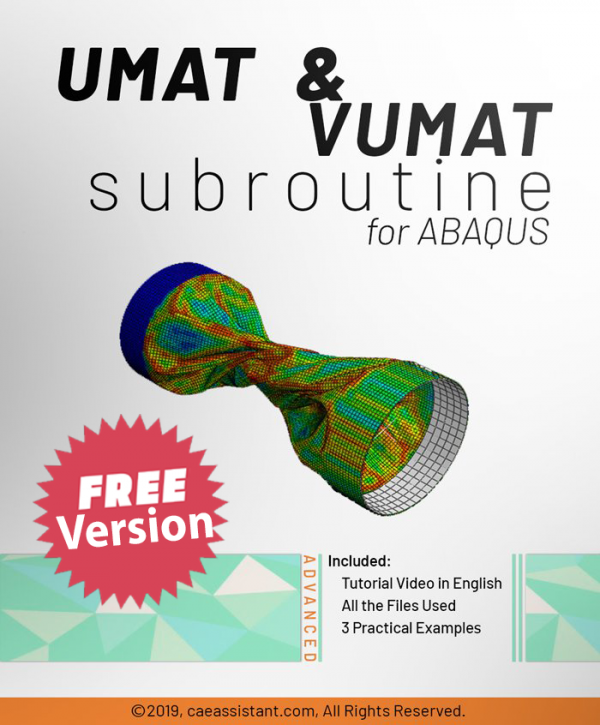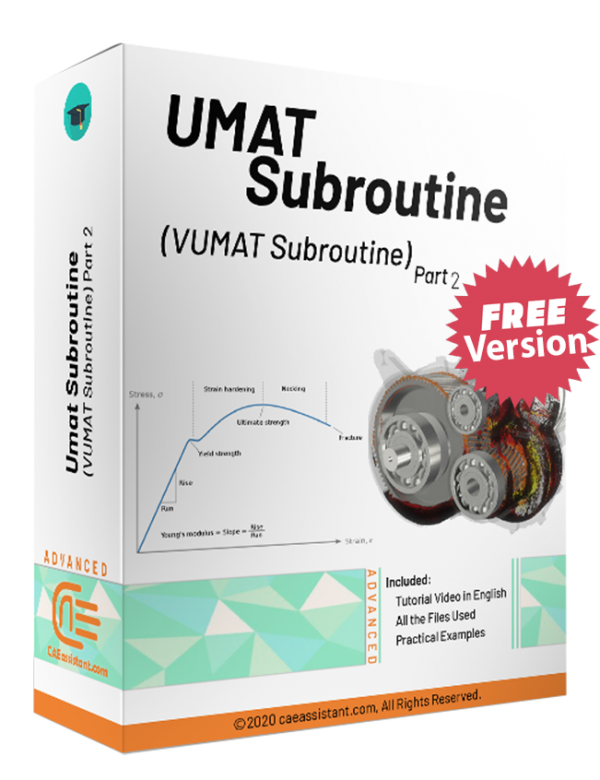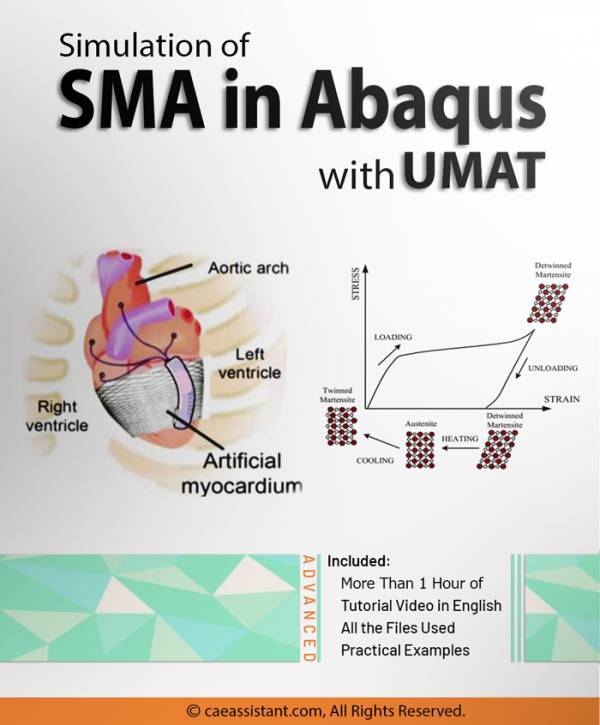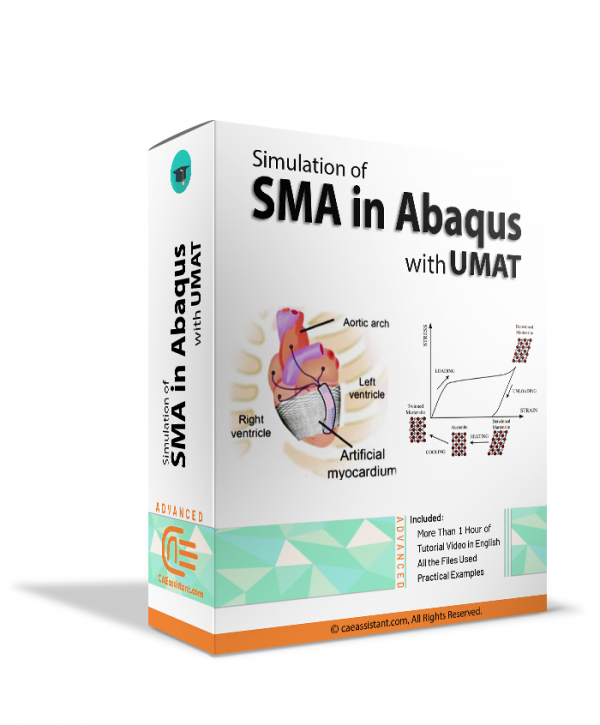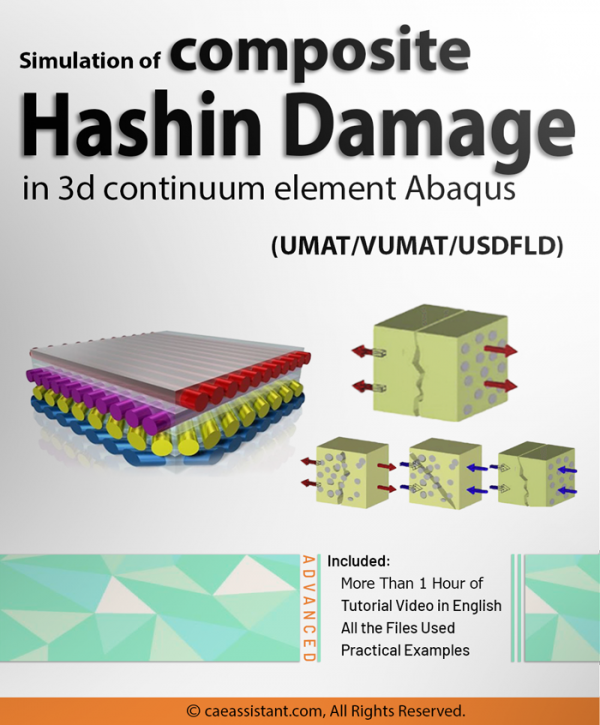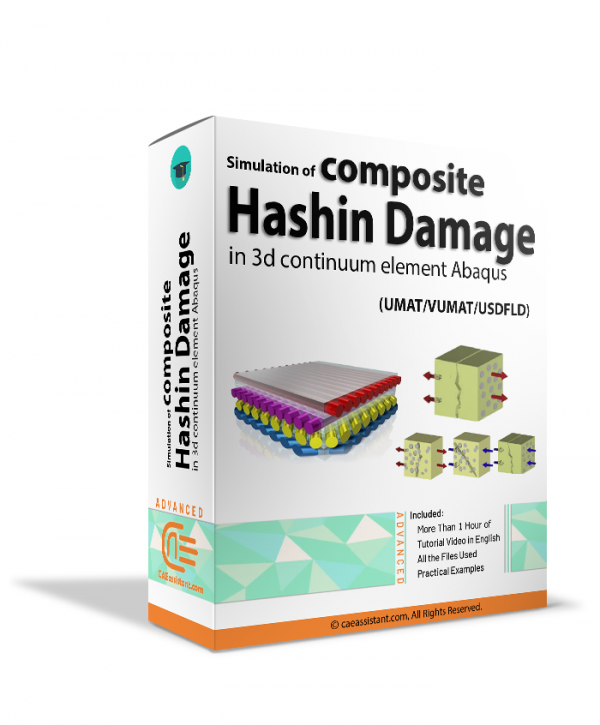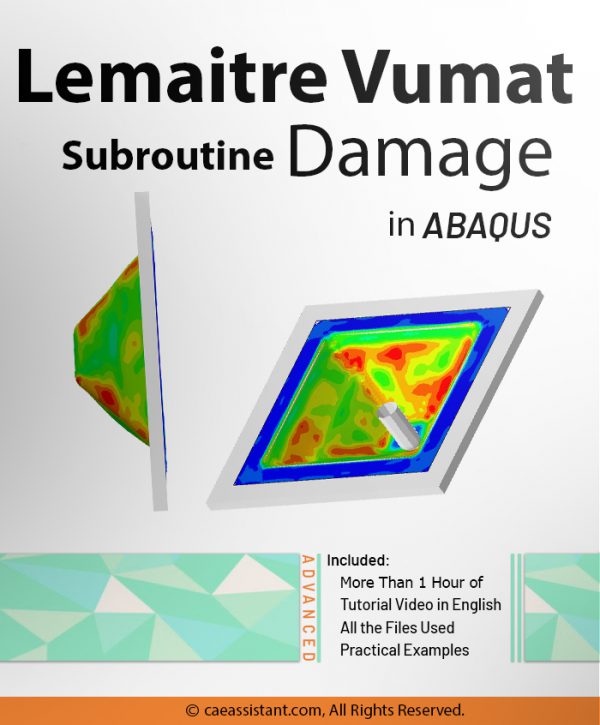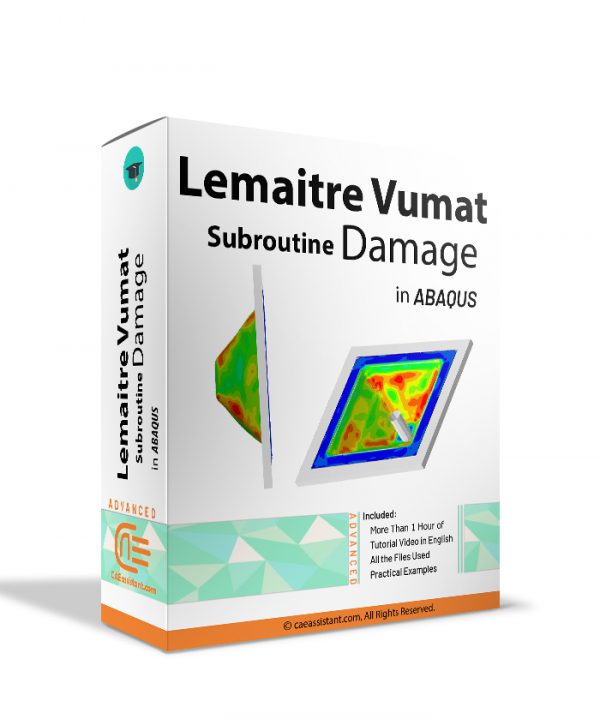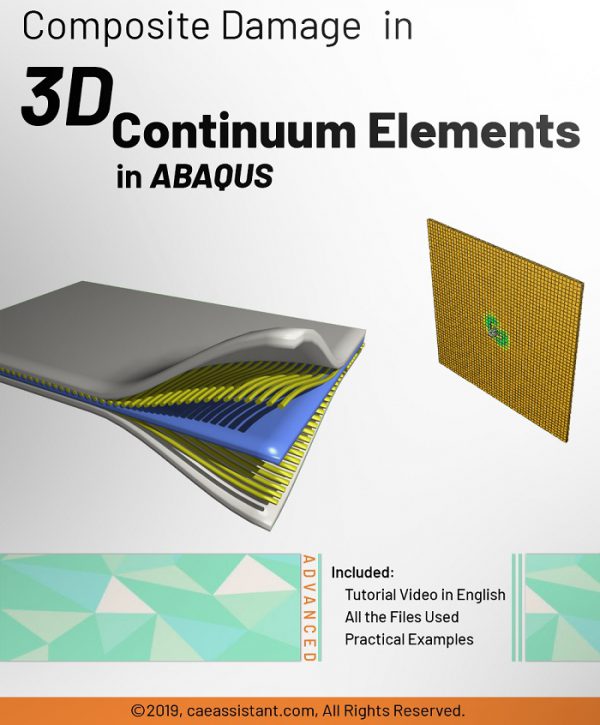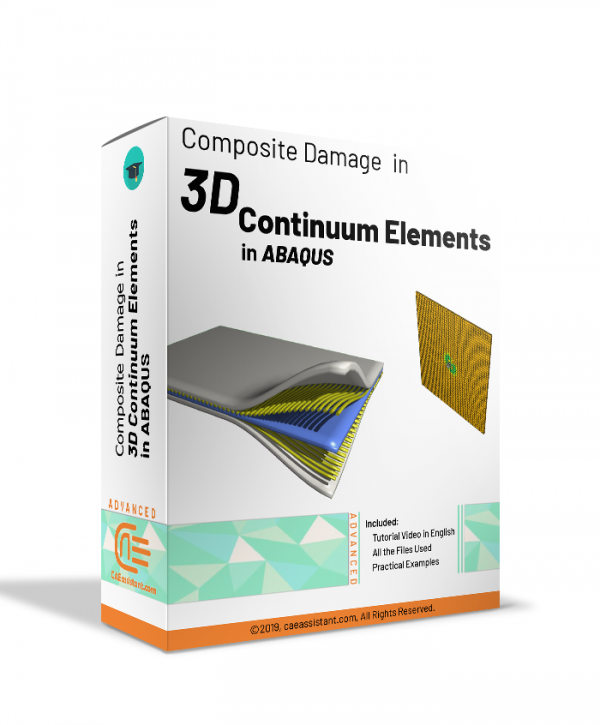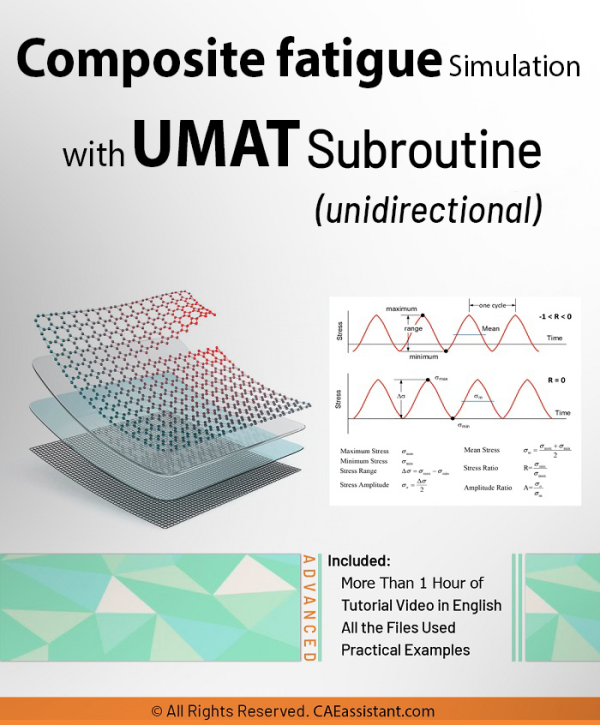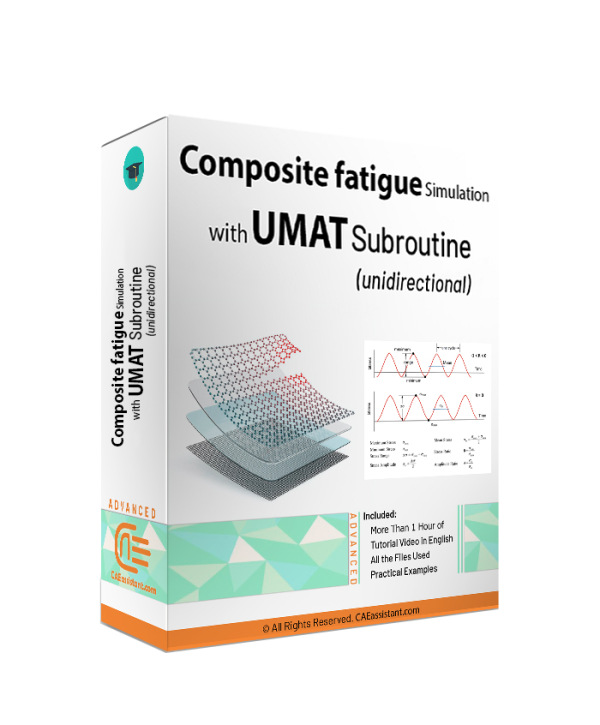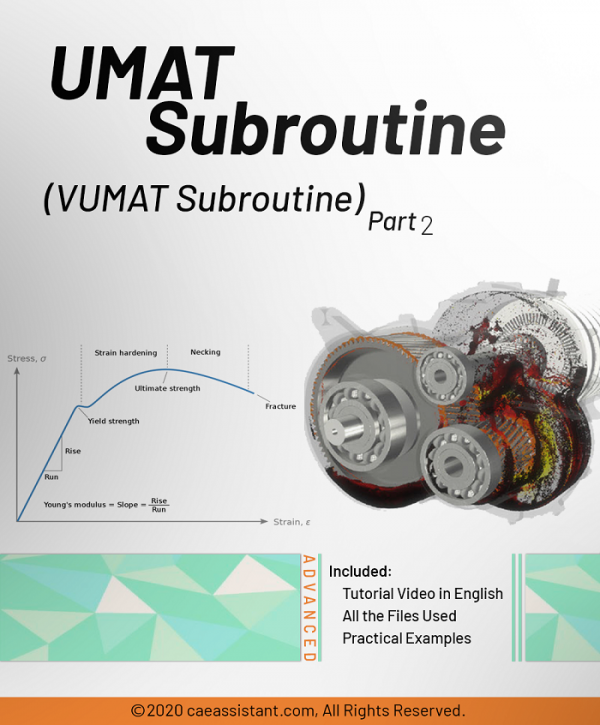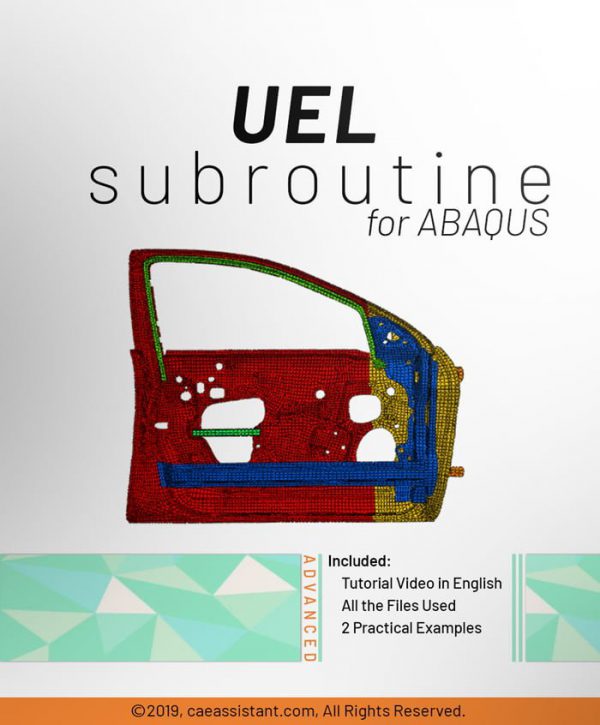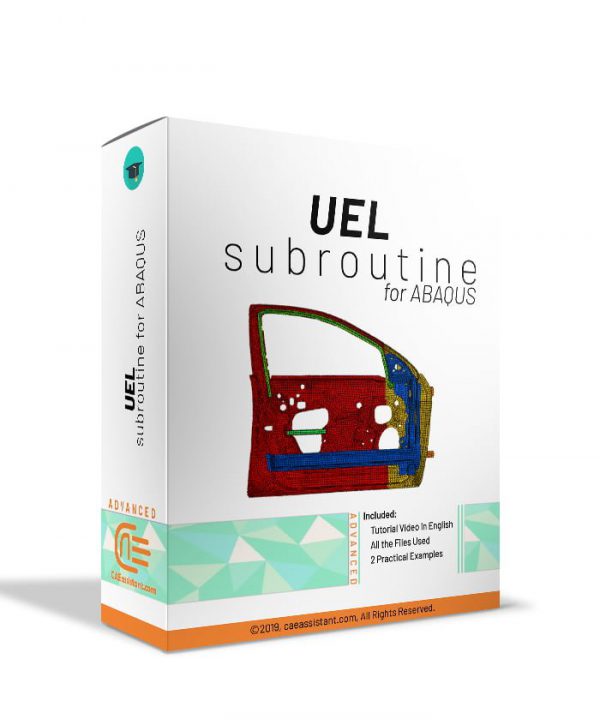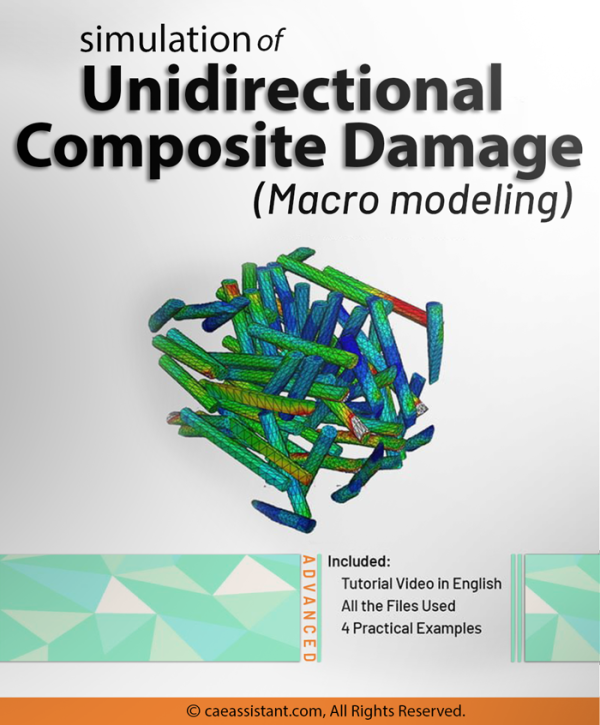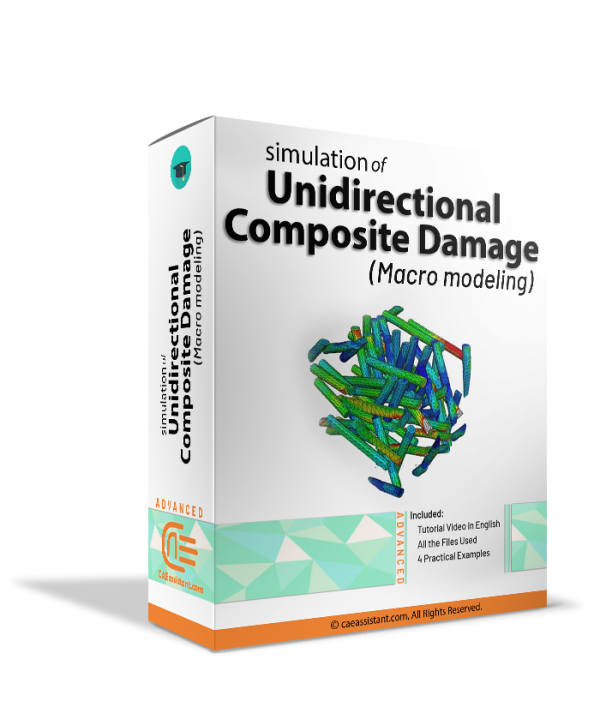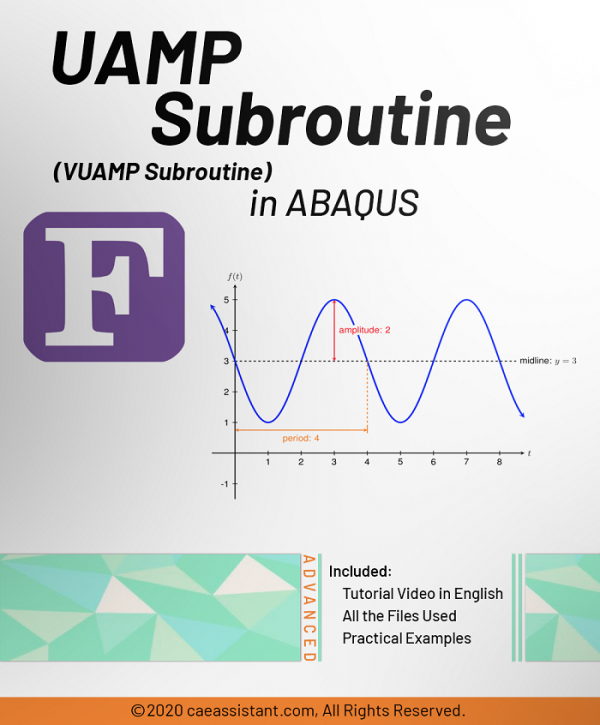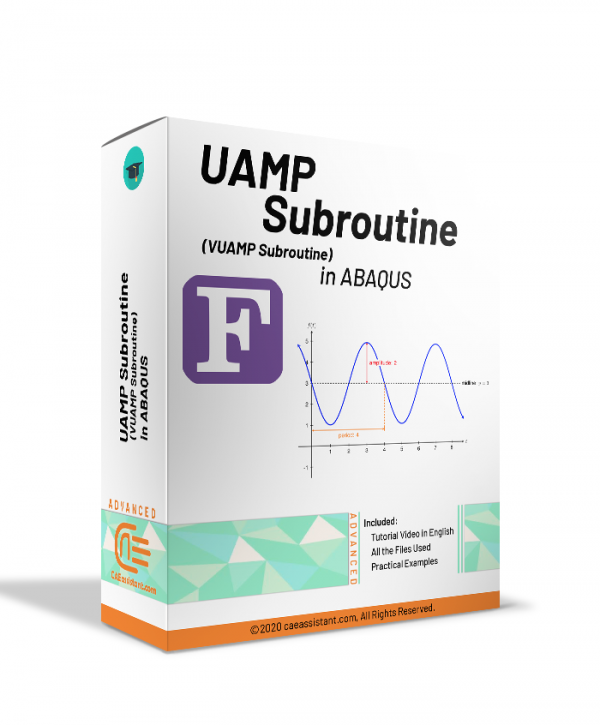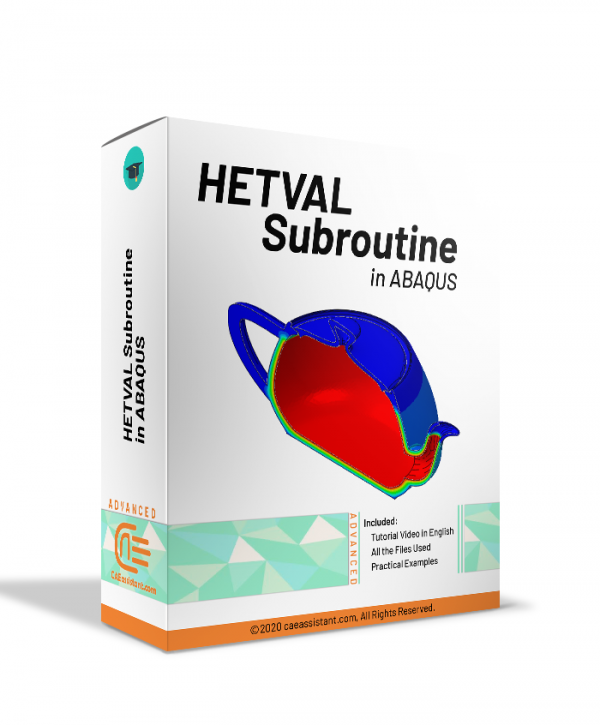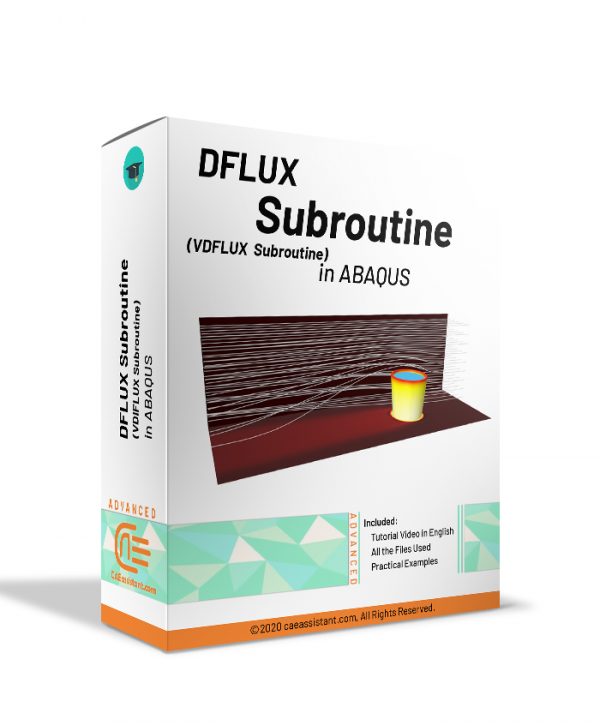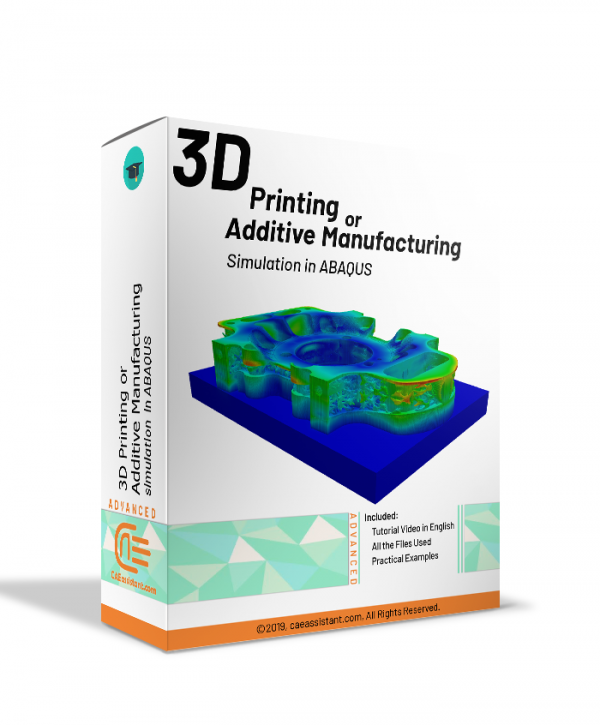Training Package
Short fiber composite damage (Mean Field Homogenization Model)
Tread wear simulation in Abaqus
Simulation of Hydroforming using VDLOAD subroutine in Abaqus
Topology Optimization in Abaqus
3D printing simulation with Laser Powder Bed Fusion (LPBF) method in Abaqus
3D printing simulation with Fused Deposition Modeling (FDM) in Abaqus
Curing process simulation in Abaqus
Different Techniques for Meshing in Abaqus
Creep Analysis in Abaqus
Abaqus Damage Model for Thermoplastic Polymers with UMAT Subroutine
Simulation of shape control by piezoelectric in Abaqus
Techniques of simulating Large and Complex models in Abaqus
Piezoelectric simulation in Abaqus
Modeling Functionally Graded Materials (FGMs) in ABAQUS
Optimization in ABAQUS
Ductile Damage Abaqus model for 3D continuum element (VUMAT Subroutine)
Hardening plasticity in Abaqus
Damage simulation of short fibre composites with subroutine
Fatigue damage simulation of short fibre composites with subroutine
UMAT Subroutine (VUMAT Subroutine) in ABAQUS-Free Version- UMAT Abaqus example
"UMAT Subroutine (VUMAT Subroutine) introduction" is used when the material model is not available in ABAQUS software. If you follow this tutorial package, including standard and explicit solver, you will have the ability to write, debug and verify your subroutine based on customized material to use this in complex structures. These lectures are the introduction to writing advanced UMAT and VUMAT subroutines in hyperelastic Martials, Composites, and Metal, and so on. Watch Demo
"Advanced UMAT Subroutine (VUMAT Subroutine)" training package helps Abaqus users to prepare complex UMAT and VUMAT subroutines. This training package is suitable for those who are familiar with subroutine or want to learn UMAT/VUMAT subroutine Professionally. Equations for computational plasticity based on kinematic stiffness are also discussed. In addition, metal damage has been implemented based on Johnson Cook's model. Watch DemoSimulation of SMA in Abaqus with UMAT
Simulation of composite Hashin damage in 3d continuum element in Abaqus (UMAT-VUMAT-USDFLD)
Lemaitre Damage model implementation with VUMAT Abaqus
Academic or Business Membership-Payment-Part-2
Payment Yearly
Why should you choose this Membership?
Academic or Business Membership
Payment Yearly
Why should you choose this Membership?
3D continuum Abaqus HASHIN progressive Damage for composite materials (VUMAT Subroutine)
Composite Fatigue Simulation with UMAT Subroutine in ABAQUS (unidirectional)
Advanced UMAT Subroutine (VUMAT Subroutine) – Abaqus UMAT tutorial
Introduction to UEL Subroutine in ABAQUS
Simulation of Unidirectional Composite Damage in ABAQUS
This package introduces and applies various theories to initiate and progress damage in composite materials based on ABAQUS capabilities for different elements. As you know, according to the modeling done by the micro or macro method, the way of defining the Abaqus composite damage completely follows the separate method in ABAQUS. This training package is customized for macro modeling of composite structures.
